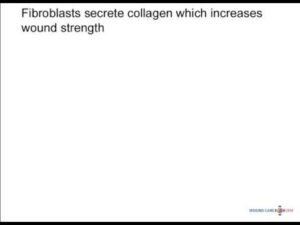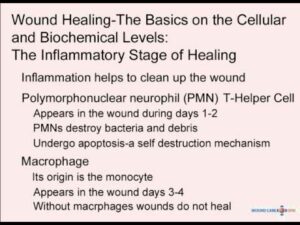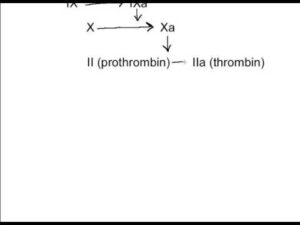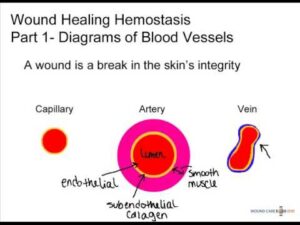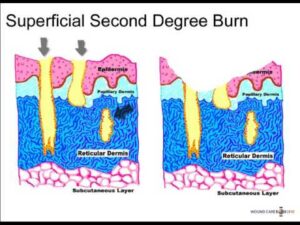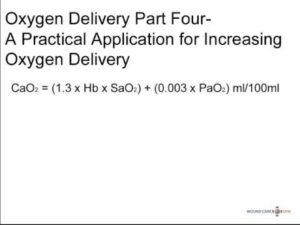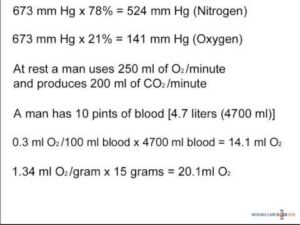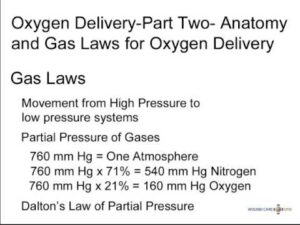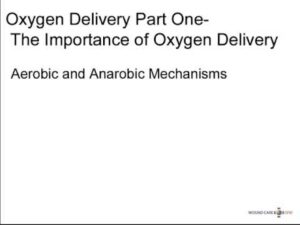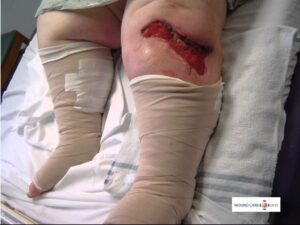Wound Care
In this video, we will explore angiogenesis, i.e., how new blood vessels are formed. We will also discuss how collagen influences the healing of a wound , and how an abundance of collagen in a wound can cause keloids to form.
In this lesson, we discuss how the inflammatory stage helps to clean and clear the wound in preparation for the epithelial cells to close the wound and repair the damage. We will learn the different types of cells that appear in the wound, and their functions.
In this lesson, we discuss the Clotting Cascade and the chain of events that cause different factors in the blood to help form a clot. This chemical cascade is key to healing a wound to a blood vessel.
In this lesson, we examine the structure of the three types of blood vessels, and how they respond and repair themselves if their structure is breached by a wound.
In this video, we will discuss how skin heals itself in respond to shallow and deep wounds. We will go over the layers of the skin and the role each plays in the healing of a wound.
In part 4 of this lesson, we will apply the laws governing oxygen delivery to find some practical applications to patient care. We will learn how the behavior of oxygen varies with pressure and how that can be exploited in fields such as hyperbaric medicine.
In part 3 of this lesson, you will learn on a cellular level what happens in the alveoli, where the air of atmosphere is transmuted into the bloodstream and back. You will also learn the basic equations governing the oxygen content of the body.
In this lesson, you will learn the basic mechanisms in the body for delivering oxygen to cells in all parts of the body. You will also learn the basic behavior of gases and how they relate to the body’s metabolism.
Oxygen is essential to the wound healing process. Without it, healing cannot proceed. Chemical reactions that take place in our individual cells will stop if a wound cannot receive oxygen.
Granulation tissue is a type of healing tissue in which capillaries form over the surface of the wound. These capillaries bring fresh blood and nutrients to the area to promote wound contraction and eventual healing. We’ll look at examples of granulation tissue.

